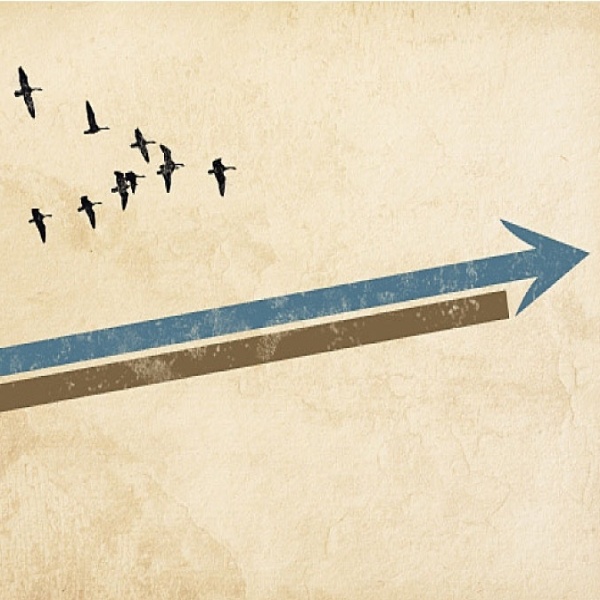This week, we had the pleasure of adding Beth Abrahamson as a Senior Designer to our team. She is a multidisciplinary graphic designer whose practice challenges the distinction between art and design. Constantly shifting in and out of different mediums – collage, ceramics, photography, drawing – she’s an expert at imagining how these forms can live in the digital world. With an MFA in Design from California College of the Arts, Beth has recently worked with AirBnB, Southern Exposure, San Francisco Art Institute, and many others. We sat down with Beth to discuss her work, the importance of collaboration, and the definition of emotive design.
Tell us a bit about your background.
I came here seven years ago to attend the San Francisco Art Institute for a design and technology program. After graduating from California College of the Arts, I hopped between freelancing at design studios, companies in-house, and building my own client base.
What brings you back to a studio environment?
I really value the ability to see so many different types of environments. It’s so interesting to be able to be a fly on the wall. Every place is different, and sometimes as a freelancer, you’re treated as an outsider. I came here because I was seeking the kind of collaboration and diversity you only get with a studio.
What advice would you give to studios on how to best integrate freelancers so they feel embraced?
It sounds simple, but all anyone wants is to be treated as part of the team. Fostering a healthy team dynamic is super important, and it can make all the difference. You want a place where everyone brings a different skillset, knows their role, and has a seat at the table. There’s such a big difference between “sitting in close proximity to other people” and actually collaborating. As a creative person, I thrive on variety – in projects, clients, and mindsets. With a studio, the sum is greater than the parts.
At Emotive Brand, strategy drives everything. Have you had experience working with strategists before?
It’s so crucial for design, and it’s an area I really want to learn more about. Good design always has to be backed up by good strategy. I value the environment that Bella and Tracy have created here. Both their authenticity and their approach. It’s very rare to have this female-led dynamic, and whether or not you want to admit it, it makes a difference. Just in the approach to empathy, emotional intelligence, and communication. It’s about achieving that perfect balance of everyone having a role and everyone feeling like their voice is heard.
How would you describe your approach to design?
I am a firm believer in the concept defining the aesthetics, and not the other way around. It’s about the process. I take a lot of inspiration from the world around me – from physical things, from mundane forms, or things that may seem mundane at first glance. A big part of my process has been about translating ideas across mediums. Not just working on the computer but working by hand – building things, cutting things. All of that informs what then becomes the digital graphic. With a lot of my work, you can feel the artist’s hand. I try to create a simplicity and accessibility.
Outside of the 9-to-5, what are you working on right now?
I’ve been teaching myself ceramics for the last two years and I’m totally obsessed. There’s a very strong relationship to graphic design. Right now, I’m working on vessels that have different geometric forms as handles. Those forms are coming from some 2D work that I’ve done, and vice versa. An idea will often move from a blind contour drawing, to a screen print, to a ceramic shape.
How would you define emotive design?
For me, emotive design is felt in the gut. It inspires others, draws them in. It’s about translating passion from the maker to the viewer – and in that transfer of ideas and feeling, there is a deep connection. When it works well, that connection – between people or brands – is unbreakable.
Emotive Brand is a San Francisco brand strategy and design agency.













